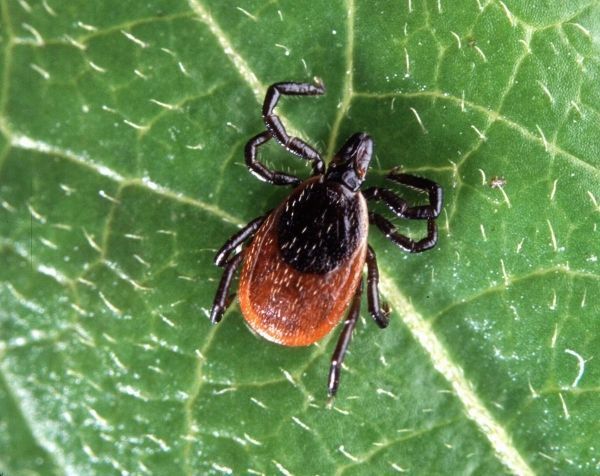Birds play an underrecognized role in spreading tick-borne disease due to their capacity for long-distance travel and tendency to split their time in different parts of the world – patterns that are shifting due to climate change. Knowing which bird species are able to infect ticks with pathogens can help scientists predict where tick-borne diseases might emerge and pose a health risk to people.
A new study published in the journal Global Ecology and Biogeography used machine learning to identify bird species with the potential to transmit the Lyme disease bacterium (Borrelia burgdorferi) to feeding ticks. The team developed a model that identified birds known to spread Lyme disease with 80% accuracy and flagged 21 new species that should be prioritized for surveillance.
Lead author Daniel Becker, a Postdoctoral Fellow at Indiana University, says, “We know birds can infect ticks with the Lyme bacterium; however, until now, no one has systematically studied the ecological and evolutionary drivers that influence which bird species are most likely to host and spread Borrelia burgdorferi on a global scale. We set out to fill this gap by identifying traits of bird species that are most likely to pass Lyme to feeding ticks.”
Senior author Barbara Han, a disease ecologist at Cary Institute of Ecosystem Studies, says, “To predict and monitor species that could spread tick-borne diseases to people, we first need to know which traits make certain animals good pathogen hosts. Here, we used machine learning to assess bird species traits, paired with Lyme infection data from ticks found on birds, to predict bird species that have the potential to spread Lyme.”
Read more at Cary Institute of Ecosystem Studies
Image: Black-legged ticks are spreading into new areas due to climate change, and they are bringing tick-borne diseases with them. (Credit: USDA)


